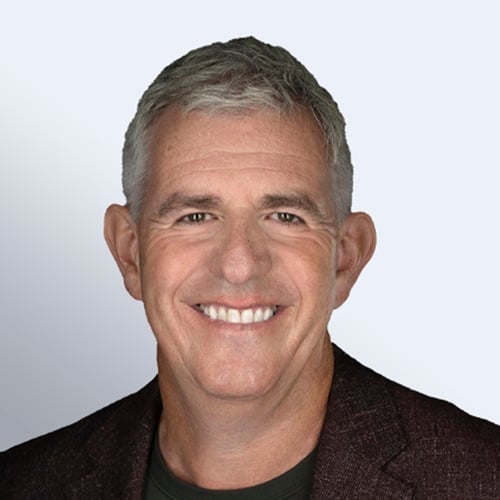
Unique, bold, unprecedented…those are just some of the words that describe Amazon’s announcement to establish a second headquarters in North America, with an end-state over the course of 10-15 years of 50,000 employees with an average salary exceeding $100,000.
The intent is exciting, both for potential employees and the cities that Amazon identified as location contenders. But is Amazon’s strategy viable? We believe it’s realistic to the extent that Amazon can keep its mojo going over such a long period of time.
Four factors driving Amazon’s HQ2 location selection
Scalability of talent
For Amazon to be able to amass 50,000 employees in 15 years, it will need to add 3,000 to 5,000 employees per year. These employees will have to be a mix of recent college grads and mid-management-level workers. So Amazon will have to take into account how many local universities and businesses there are in the selected location and the city’s relocation attractiveness.
Business mix
This is all about what Amazon intends HQ2’s business concentration to be. For example, will it have a retail focus like its Seattle headquarters? Does it intend to grow its advertising business in its new location? Will its focus be on the government sector, shipping/transportation/ logistics, or Latin American market growth? Whatever its intent, the new location will have to be a hot-bed of activity.
Time zone
If Amazon wants its second headquarters to help lead its international growth or manage suppliers based in Europe or Asia, the time zone overlaps of a location in the eastern or central U.S. time zone will be a huge business advantage.
Physical proximity
This relates to how easy it is to get to other geographical markets of interest. For example, if Europe is a target, a site in the northeast or central U.S. makes sense. But if Mexico, Central America, and Latin America are on the radar screen, a major city in the southeastern U.S. would be a good option.
Of these four, the biggest issue and most important consideration is: can Amazon get the volume and quality of talent it needs to fulfill its HQ2 vision? As we said above, the company will need to add up to 5,000 employees each year to get to 50,000 strong in 15 years. That’s a massive hiring agenda. For comparison purposes, when we’ve worked with other leading brand name organizations that are scaling new IT shops, they’ve typically been able to hire 200-350 people per year.
Can Amazon do it, or might it ultimately revert to a hubbed model, first establishing HQ2, and several years later HQ2.5? Only time will tell.
The six cities on our short list
Although Amazon recently winnowed its options down to 20 cities, we think only six of those are truly viable. Here, in alphabetical order, is a quick look at our short list:
Atlanta is a diverse economy, with UPS and Delta-driven strength in shipping and transportation, and Home Depot in retail. There’s a lot of impressive university talent available, in Georgia as well as the neighboring states of Alabama, Florida, and South Carolina
Boston is a great education center, and is known for large, corporate innovation. It would be a wonderful place for Amazon to build on what its been doing with Siri there, and to continue its growth in the high tech space. It’s also an airline hub with comparatively short flights to Europe.
Chicago is strong in the consumer and retail industries, and that obviously overlaps nicely with Amazon. It also has good connectivity to Europe, Seattle, and, to a reasonable extent, Asia.
Dallas has a good history of relocating companies’ operations and a strong tech talent pool and ability to pull talent in from universities in the region. One unique aspect in favor of Dallas is Amazon’s AWS business. As that matures, we expect it will need to increase the sophistication of how it sells to enterprises. And because Dallas is considered the original home of outsourcing enterprise IT services in North America, Amazon could find a lot of sales, marketing, and other talent in the area that wouldn’t be as common in the other cities.
New York City is by far the largest labor market, and Amazon could attract a lot of talent. If the company is trying to really increase its advertising business, the Big Apple would be a good choice. And because of the city’s diversity, Amazon wouldn’t be too limited in any one direction.
Washington, D.C. has a fairly large labor pool with a lot of high tech, much of it government-oriented, which may be both a pro and a con, depending upon Amazon’s mission. It’s well connected internationally, and is a fairly interesting place to try to establish a large corporate.
To learn more about our take on the viability of Amazon’s HQ2 strategy, please read our viewpoint, and listen to a discussion I recently had Ryan Takeo, host of KING-TV’s The Sound Podcast, called, “Talent, not incentives, most important in HQ2 search.”











